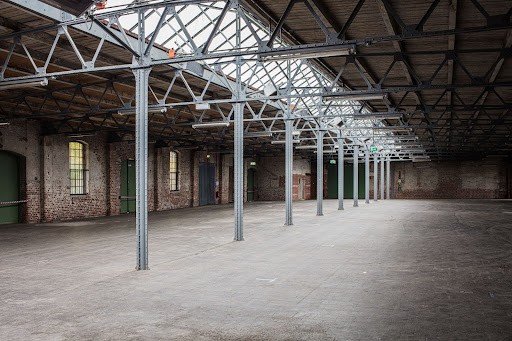 Your business is growing by leaps and bounds – congratulations! But with this growth comes new challenges, such as where to store your extra inventory. If you’re not prepared, your warehouse can quickly become overloaded and chaotic. This can lead to missed sales opportunities and even lost customers. In this blog post, we will discuss the ins and outs of setting up a warehouse for your business. We will cover everything from choosing the right location to organizing your inventory.
Your business is growing by leaps and bounds – congratulations! But with this growth comes new challenges, such as where to store your extra inventory. If you’re not prepared, your warehouse can quickly become overloaded and chaotic. This can lead to missed sales opportunities and even lost customers. In this blog post, we will discuss the ins and outs of setting up a warehouse for your business. We will cover everything from choosing the right location to organizing your inventory.
Table of Contents
Choose an Appropriate Location
When selecting a location for your warehouse, consider factors such as access to transportation, proximity to customers and suppliers, and cost of land or rental fees. If you plan to ship products directly from the warehouse, look for locations near major highways and airports. Also think about any special needs that your business may have – will you require temperature-controlled storage? Do you need a secure facility with 24-hour security? These are all important questions to ask when choosing the right space for your warehouse.
Invest in Quality Equipment
Once you’ve chosen the perfect spot for your warehouse, it’s time to start outfitting it with the best equipment available. Shelving units, forklifts, and pallet jacks are essential for any warehouse. Invest in high-quality items that can withstand the demands of your business – you don’t want to be stuck replacing them on a regular basis. It is also important to consider safety when selecting equipment – make sure all machines are up to date and properly maintained.
Warehouse docking and racking systems are also essential for organizing your inventory. Choose the right type of racks for your products, and be sure to consider their load capacity. You don’t want to overload them and risk damaging your inventory
Set Up an Efficient Layout
The layout of your warehouse can have a major impact on efficiency and accuracy. Designate different areas for different tasks such as receiving, shipping, and storage. Additionally, make sure each area has enough space to allow employees to move around easily without getting in one another’s way. Label shelves clearly with item descriptions so that workers can quickly locate items. Additionally, use color-coding to distinguish between different products and categories
Implement an Inventory Management System
Implementing an inventory management system is essential for warehouses of any size. An effective system will allow you to track orders, manage shipments, and keep tabs on your stock levels. Look for a reliable software program with features such as automated ordering, order tracking, and data analysis capabilities. This will help ensure that your warehouse stays organized and efficient
Make Security a Priority
Finally, make sure your warehouse is secure. Install motion sensor lighting and security cameras for added protection. Also, it is important to have an effective plan in place for dealing with unauthorized visitors. Make sure to post signs indicating that the premises are under surveillance and always keep valuable items locked away when not in use
Setting up a warehouse may seem like a daunting task, but by taking the time to consider all of the factors above, you can ensure that your business’s storage needs are met in a safe, efficient and cost-effective manner.